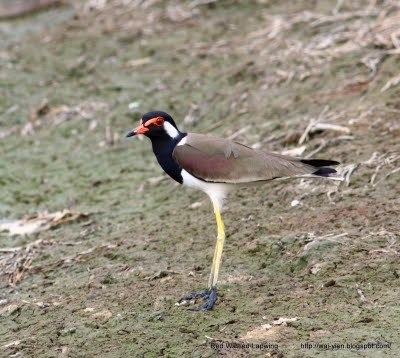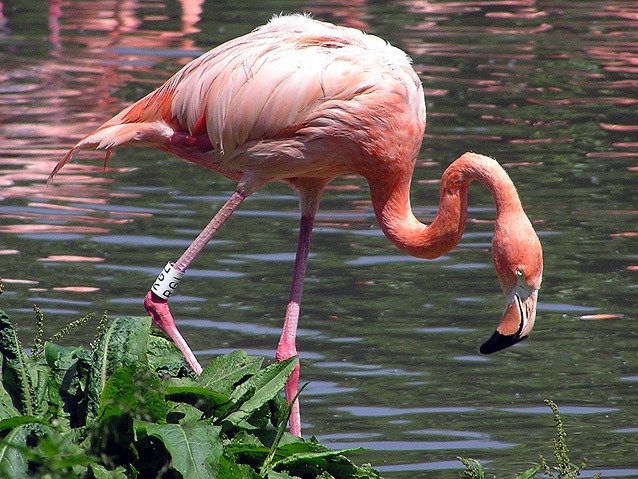Birds are great additions to your backyard. Putting up bird houses is an excellent way to attract them. However, not all birds opt to nest in bird houses. Birds differ in their habitat preferences and only cavity-dwellers are probably interested in the bird shelters in your backyard. As it is, these cavity-dwellers also have their own specifications about the kind of house they like. These are minor measurements or feature issues but they are important for the birds. However, there are general guidelines in building these houses.
First, it is important to identify the species of birds that visit your backyard. It is also necessary to distinguish which are the cavity-dwellers from the tree and burrow dwellers. Common cavity-dwellers are wrens, chickadees, bluebirds, and flickers. Choose one you like best and focus your bird house design on it. Even if the idea of building multiple bird houses appeal to you, refrain from doing so because birds are territorial animals.
Second, determine the required dimensions of your chosen bird. Forget asking the birds for these because you'll get no answers. Dimensions of bird houses include entrance-hole, height, depth, and floor size. Smaller birds like wren and chickadees usually prefer 4x4 floor size and a reasonable 8" depth. Consult a bird book or the internet for information regarding the measurements of your bird house.
Third, it is better to use untreated wood and lumber for bird houses. Aside from mimicking the birds' natural habitat, natural wood also minimizes risks of poisoning and overheating. Treated and processed wood like plywood contains preservatives like formaldehyde, which poses serious health hazards to your feathered friends. Lumber that is classified as pressure-treated often contain toxic chemicals which can poison the nesting birds. Paint is also a no-no. Chipping paint can be mistaken by the bird for food and eat it. Also, metals and plastics are not suitable for building avian shelters since they are both prone to overheating. You would want to provide the birds shelter, not an outdoor oven.
Fourth, in drafting or designing a plan for your bird houses, it is important to consider the birds' safety against the elements and predators. Slanted roofs are preferable so rain, dirt, and moisture would not collect on top and rot the wood. It is also preferable that the roofs extend over the sides and front. Perches are not really necessary since cavity-dwellers do not perch. Consider drainage and ventilation needs. Drill small holes on the floor but make sure that these are smaller than the bird's feet. These holes are also best placed on corners to help in draining water out in case of rain. Baby birds drown easily and a bit of collected rainwater in their shelter is enough to send them to their deaths. Aside from the relatively larger entrance holes, place ventilation holes along the house's walls or back. These let heat escape to keep the structure comfortably cool. Placing the bird house atop a pole is a good way to discourage predators like cats and raccoons.
Fifth, maintenance and cleanliness are also factors in bird house building. Unkempt bird houses are causes of diseases, according to experts. To help you in maintaining cleanliness in the bird house, add a backdoor. This way, you can easily remove unused nest and disinfect the vacated house. Droppings and other dirt also contribute to the contamination and cleaning these out limits risks of infecting other birds.
With these tips, you are on your way to designing and building your own bird houses. Help the birds by treating these houses as if you live there. Considering the birds' safety in your bird houses ensure you of longer years with your feathered friends.
Tristan Andrews is a freelance author who writes articles about pet health and pet supplies.
Grab The Bookmarketer For Your Site












